Global high-mix volume high-speed PCBA manufacturer
9:00 -18:00, Mon. - Fri. (GMT+8)
9:00 -12:00, Sat. (GMT+8)
(Except Chinese public holidays)
Global high-mix volume high-speed PCBA manufacturer
9:00 -18:00, Mon. - Fri. (GMT+8)
9:00 -12:00, Sat. (GMT+8)
(Except Chinese public holidays)
HomePage > Blog > Knowledge Base > Differences Between Active and Passive Components: A Comprehensive Guide
Components are the basic units that build the functions of a circuit. In any electronic circuit, their role is of vital importance. For instance, even in a simple LED light control circuit, the various electronic components used in the circuit determine how signals are generated, transmitted, processed and regulated. Generally, electronic components are classified into two major categories based on whether they require an external energy drive and whether they have signal control capabilities: active components and passive components - this is also the topic we are going to talk about today.
Understanding the difference between active and passive components is not only the first step in learning the fundamentals of electronics, but also a core knowledge that must be mastered in actual engineering design, debugging and troubleshooting. Next, this article will provide a detailed introduction to what active components and passive components are, analyze their main differences in principle, structure and function, and help you master their roles and coordination methods in actual electronic systems through typical examples.
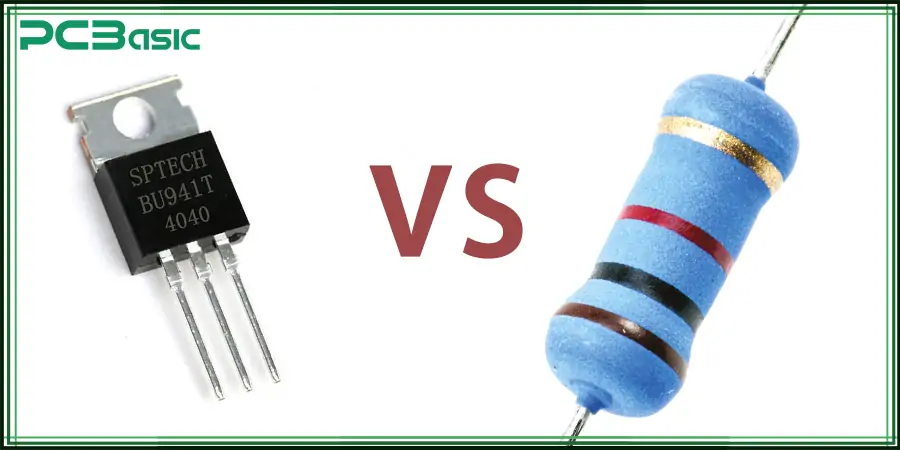
Active components refer to electronic components in a circuit that require an external power supply to function properly. These components can amplify signals, switch currents and even generate energy in some cases. Compared with passive components, active components in electronics can control the flow of current and are an indispensable part in the design of complex circuits.
Its main features:
Require external energy(usually a DC power supply)
Can amplify electrical signals or generate energy
Have the ability to control signal
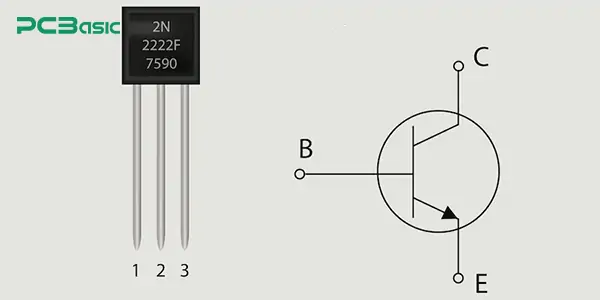
The transistor is one of the core components of modern electronic devices. Common types include bipolar transistors (BJT) and field-effect transistors (FET). It is a three-terminal electronic device, widely used in electronic functions such as signal amplification, switch control, oscillation and modulation (audio amplifiers, logic circuits, power management modules). Among them, it mainly plays the role of amplifying current and switch control.
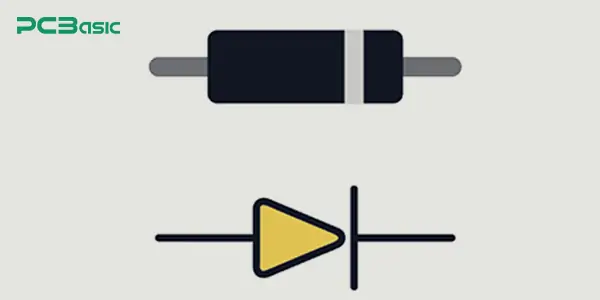
A diode only allows current to flow from the anode to the cathode and is a two-terminal device with unidirectional conductivity. Diodes have some special types, such as Zener diodes, which can be used for voltage stabilization. A light-emitting diode (LED) can emit visible light. It is often used for rectification, voltage limiting and signal modulation.
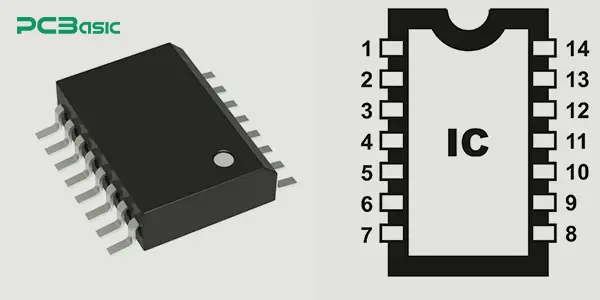
An integrated circuit is a device that combines multiple active and passive components on a small semiconductor chip. It can contain tens of thousands of components such as transistors, diodes, resistors, and capacitors inside. ICs can be classified into analog ICs and digital ICs based on their functions, such as operational amplifiers, timers, microcontrollers, etc. It is mainly applied to computer motherboards, mobile phones, industrial automation systems, and is used for signal processing, logic control, storage, communication, etc.
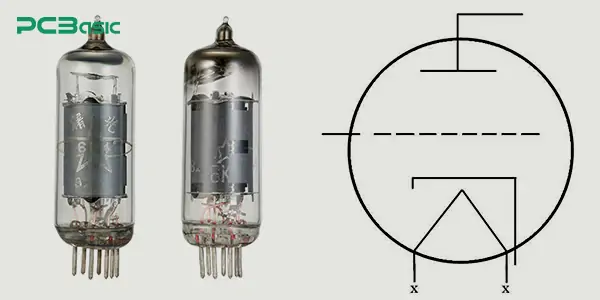
The vacuum tube is a representative of early electronic technology and was widely used before the widespread popularity of semiconductor transistors. It achieves signal amplification through the electron flow in a vacuum environment. Although it is less used now, it can still be seen in high-fidelity audio equipment, broadcasting devices and professional audio equipment.
Passive components refer to electronic components that can operate without an external power supply. Unlike active components, passive components cannot amplify, generate or control signals. They can only store, limit or dissipate energy. In electronic circuits, it plays key auxiliary roles such as shaping signals, voltage and current control, and filtering.
Its main features:
Cannot control current flow alone
Usually a bidirectional component
Only stores or consumes energy
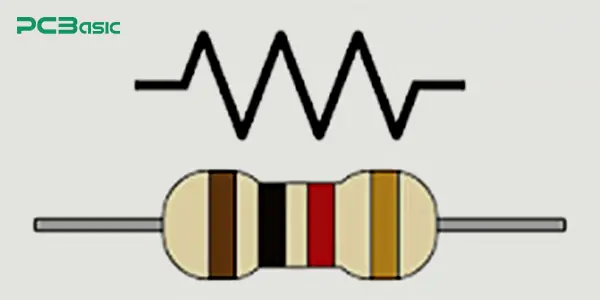
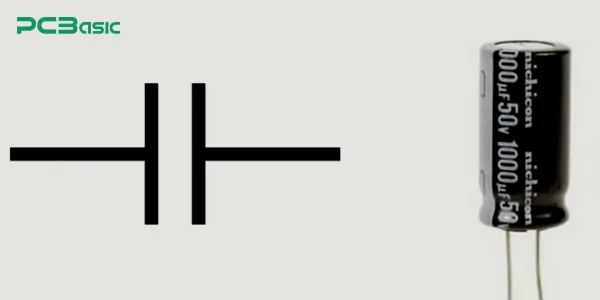
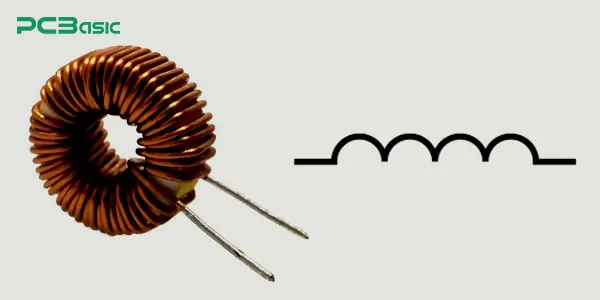
An inductor is a component that stores electrical energy in the form of magnetic energy and is wound with a coil. When powered on, a magnetic field is formed inside the coil, and when the power is cut off, the magnetic field releases energy. Inductors respond to changes in current and can impede rapidly changing currents. Inductors are often combined with capacitors to form LC filters to filter out high-frequency noise. Or it can be used as a core component for energy conversion and transmission in switching power supplies; Or it can be used to filter out electromagnetic interference (EMI) at the power input end.
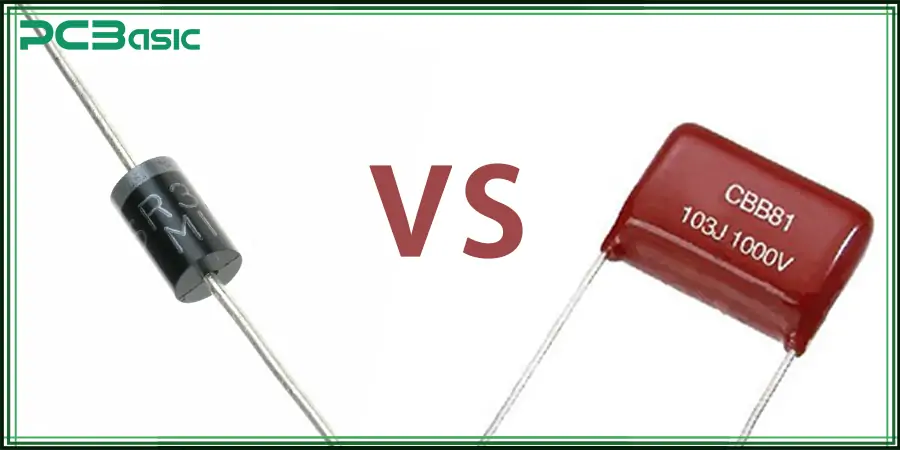
Active components and passive components, these two types of components play completely different roles in electronics. Next, we will mainly systematically analyze differences between active and passive components from the following five aspects: power requirement, signal amplification, directionality, energy consumption and storage, and complexity and function, at the same time, illustrating them by combining examples.
One of the core differences between active components and passive components is whether they rely on an external power supply to perform their functions.
Active components must be connected to the power supply in order to work properly. They can not only respond to the signals in the circuit, but also control the flow direction of the current, amplify the strength of the signal, and even achieve the control functions of "on" and "off". For example, the transistor (one of the most common active components). When you apply a small voltage (bias) to the base of a transistor, it will open like a water valve, allowing the current flowing from the collector to the emitter to increase. But without this control voltage, the transistor cannot work.
In contrast, passive components can complete their work without any external power supply. Passive components do not generate or enhance energy; instead, they function by leveraging the energy already present in the circuit. For example, a resistor does not actively regulate the current, but its magnitude determines the speed of water flow. As long as there is voltage and current in the circuit, the resistance will naturally limit the magnitude of the current according to Ohm's Law (V=IR).
Active components and passive components, one actively controlling and the other passively responding, the difference in their reliance on external power sources constitutes the fundamental distinction between active and passive components in electronics.
In electronic circuits, whether a component has the ability to amplify signals is one of the most understandable and intuitive ways to distinguish whether it is an active component or a passive component.
The reason why active components are called "active" is that they have power gain, that is, they can amplify a weak input signal into a stronger output signal. This is the core of many electronic amplifiers, control systems and communication devices. For example, BJT (transistor). When we apply a very small current to the base, it can control the flow of a larger current from the collector to the emitter. It is precisely because of this characteristic that BJT is classified as an active component.
However, passive components cannot achieve this amplification function. They can only passively adjust the signal. For example, capacitors. In the audio circuit, it can filter out low-frequency noise and allow high-frequency signals to pass through smoothly. However, it cannot change the signal from weak to strong and does not have power gain.
Whether the flow direction of the current is restricted is also an important dimension for distinguishing between active and passive components.
Active components often have the characteristic of unidirectional current conduction. That is to say, they only allow the current to flow in the specified direction. Their performance and behavior are largely influenced by the polarity of the voltage. For example, diode. It is the most typical unidirectional conductive device, allowing current to flow only from the anode to the cathode. This is precisely the reason why it is widely used in rectifier circuits.
In contrast, most passive components are bidirectional. That is to say, no matter which direction the current flows in, they will not affect their essential working state. For instance, a resistor is completely indifferent to the direction of the current flow. No matter if you connect it in reverse, its current-limiting effect remains completely unaffected.
The active components will actively consume electrical energy and use this part of the energy to perform functional operations such as amplification, switching, and modulation. They not only consume energy, but also can reorganize and control energy. During operation, transistors continuously draw energy from the power supply, amplify the input signal and then output it.
Passive components, on the other hand, do not actively consume electrical energy but respond to operations by relying on the voltage or current of the circuit itself. Some can even temporarily store energy. For example, capacitors store electrical energy in an electric field and are often used for smooth voltage fluctuations. The inductor stores energy in the magnetic field and can still provide power briefly after the power is turned off.
In terms of complexity and function, the differences between active components and passive components in electronics are also very obvious.
The structure of active components is usually more complex. They are composed of multiple semiconductor structures and have the ability to process information, make logical judgments and even perform algorithmic functions. The operational amplifier (Op-Amp), which is composed of dozens or even hundreds of transistors inside, can not only amplify signals but also perform analog calculation tasks such as addition, subtraction, integration, and differentiation.
While passive components only have a simple structure and no logical judgment or control capabilities. They mainly perform basic functions such as current limiting, filtering, energy storage or release.
|
Feature |
Active Components |
Passive Components |
|
Requires External Power |
Yes |
No |
|
Can Amplify Signals |
Yes |
No |
|
Energy Storage |
No |
Yes (Capacitor, Inductor) |
|
Conduction Directionality |
Unidirectional |
Bidirectional |
|
Common Examples |
Transistor, Diode, IC |
Resistor, Capacitor, Inductor |
|
Primary Functions |
Signal amplification, control |
Energy storage, filtering, impedance matching, etc. |
In summary, the differences between active and passive components are mainly reflected in the following aspects (I will use tables to summarize and generalize):
|
Aspect |
Active Components |
Passive Components |
|
Power Requirement |
Require an external power source to function. |
Operate without an external power supply, rely on energy already in the circuit. |
|
Signal Amplification |
Capable of amplifying signals; have power gain. |
Cannot amplify signals; can only attenuate or filter them. |
|
Directionality |
Unidirectional; behavior is affected by voltage polarity. |
Typically bidirectional; function remains the same regardless of current flow. |
|
Energy Consumption & Storage |
Consume electrical energy for amplification, switching, or modulation; reorganize energy. |
Do not consume energy actively; some can temporarily store energy. |
|
Complexity & Function |
Structurally complex; perform control, logic, and signal processing. |
Structurally simple; perform basic tasks like limiting current or filtering. |
Understanding what active and passive components are, as well as their functions and coordination methods in electronic design, is the foundation of learning electronic technology. Whether you are a beginner or a development engineer, mastering these basic concepts will help you design stable and reliable electronic systems more efficiently.
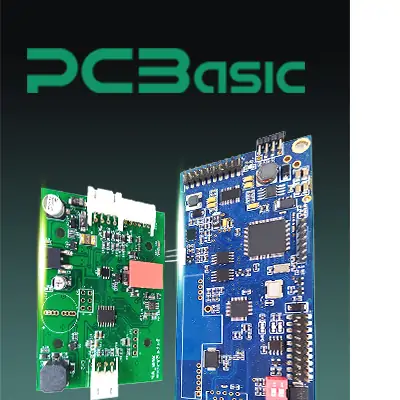 About PCBasic
About PCBasic
Time is money in your projects – and PCBasic gets it. PCBasic is a PCB assembly company that delivers fast, flawless results every time. Our comprehensive PCB assembly services include expert engineering support at every step, ensuring top quality in every board. As a leading PCB assembly manufacturer, we provide a one-stop solution that streamlines your supply chain. Partner with our advanced PCB prototype factory for quick turnarounds and superior results you can trust.
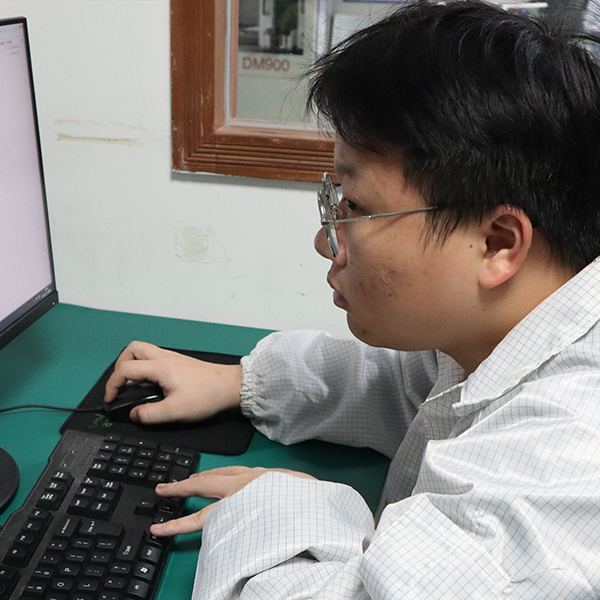
Assembly Enquiry
Instant Quote
Phone contact

+86-755-27218592
In addition, we've prepared a Help Center. We recommend checking it before reaching out, as your question and its answer may already be clearly explained there.
Wechat Support

In addition, we've prepared a Help Center. We recommend checking it before reaching out, as your question and its answer may already be clearly explained there.
WhatsApp Support

In addition, we've prepared a Help Center. We recommend checking it before reaching out, as your question and its answer may already be clearly explained there.
